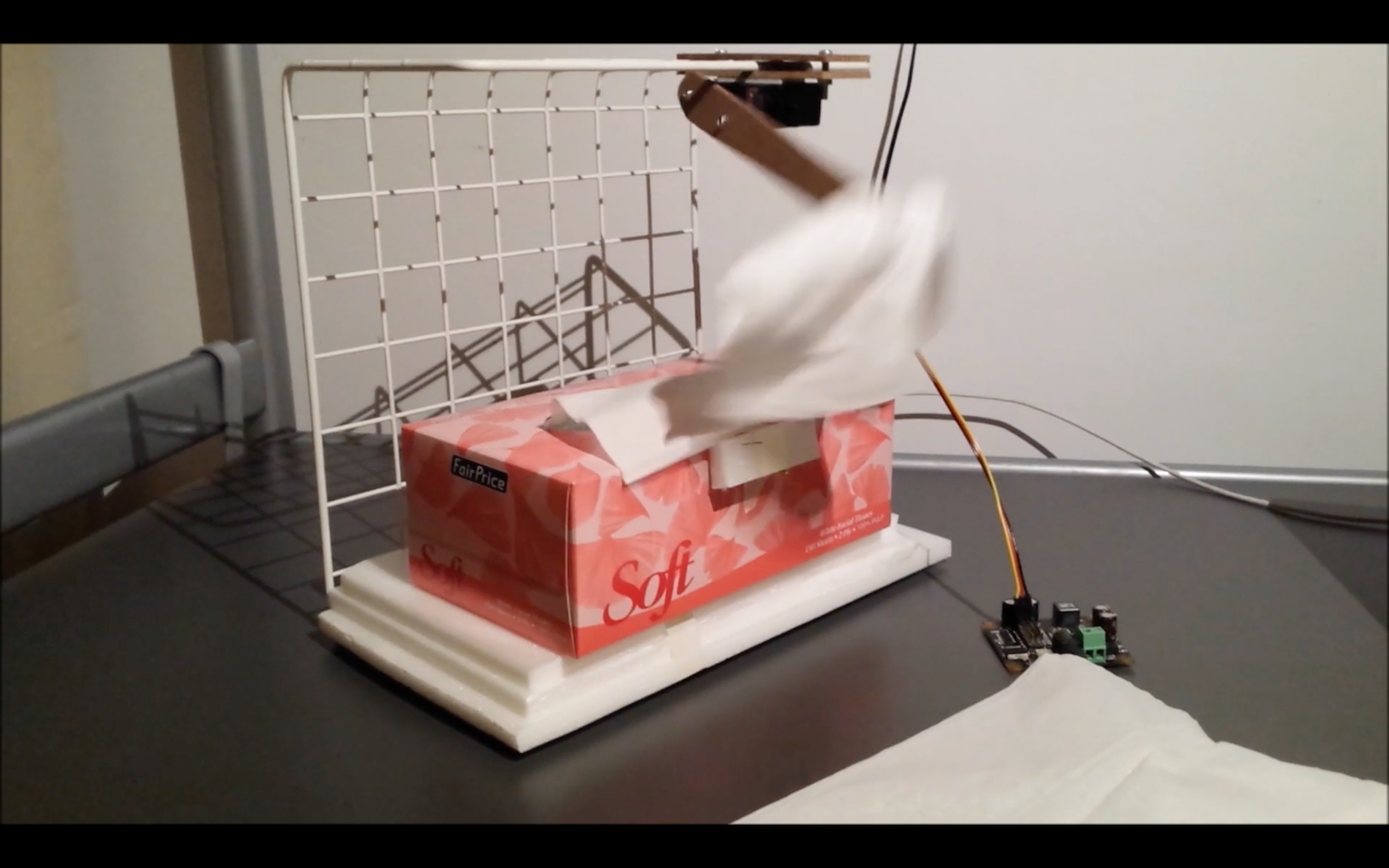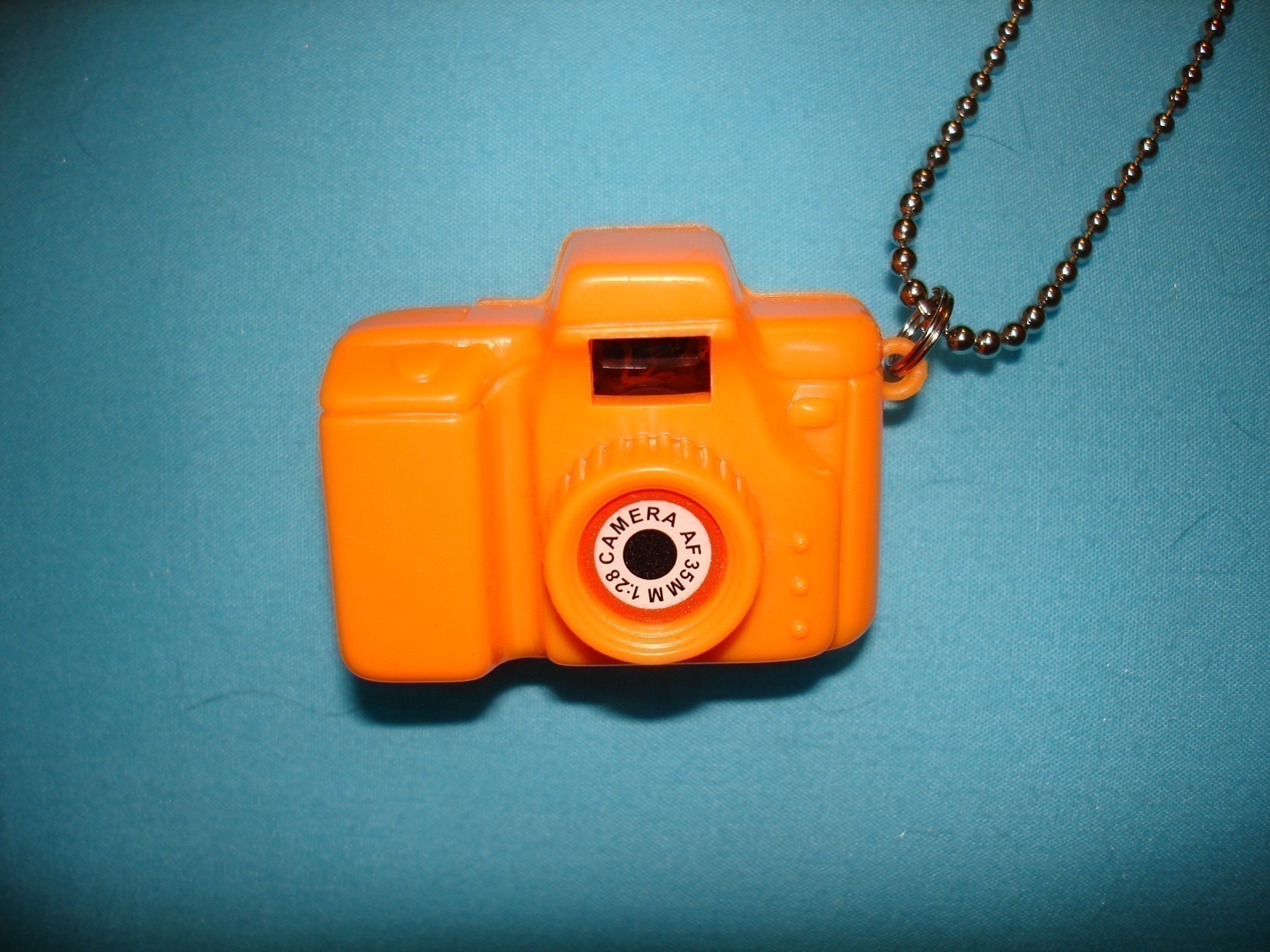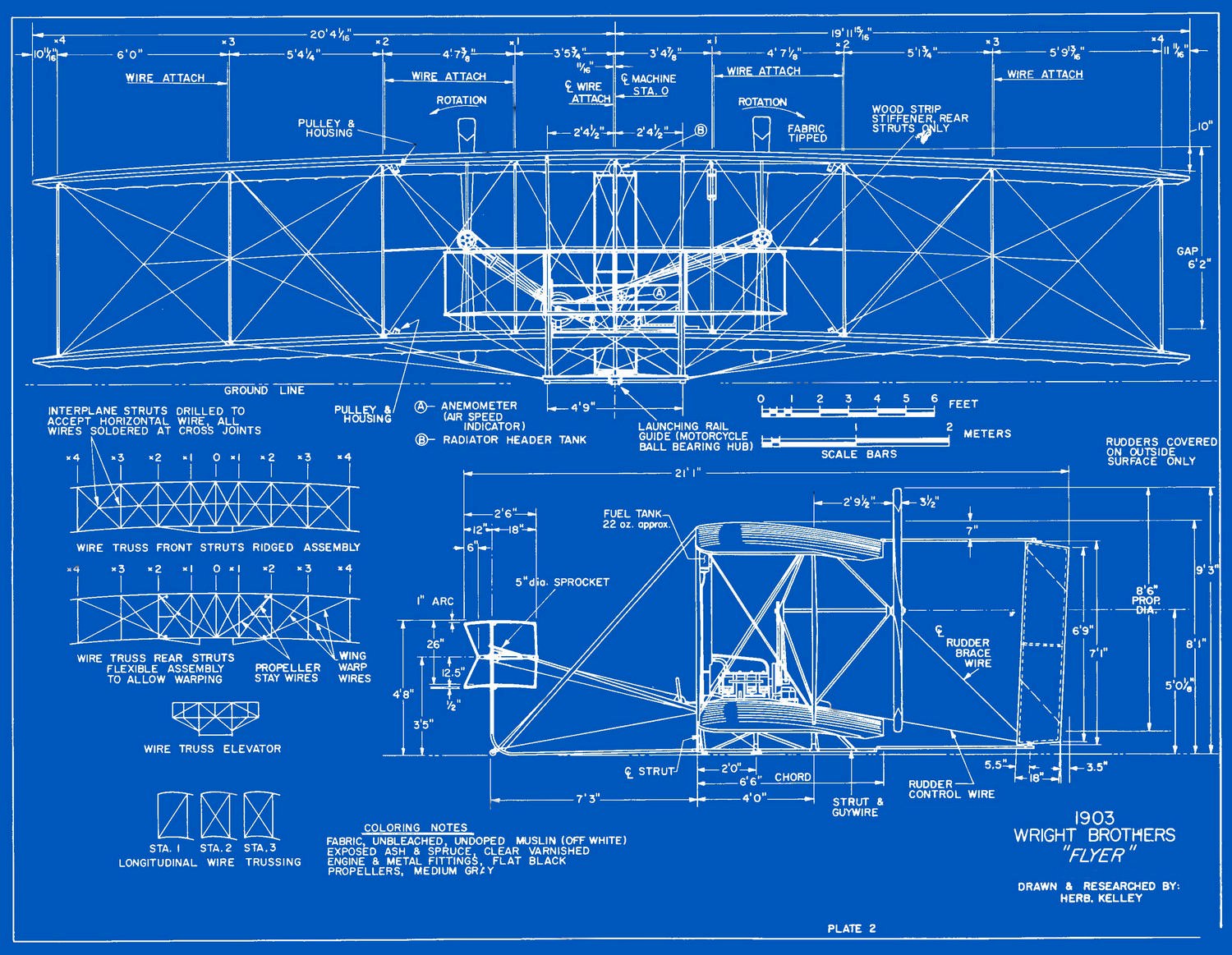This week, I’m having some doubts about the feasibility of a Rube Goldberg machine as the focal point of the work, but more on that below. I also thought of some possible objects and devices to include in the installation. I’m starting to see some common strands but overall the installation will present an eclectic mix of curios within a surreal space. Perhaps it’s becoming a compilation of things I like and am fascinated by. However, I guess there’s nothing wrong with that either.
List of (possible) items to display
1. Interactive devices

This will be the most varied part of the project. These devices may be digital, analog, inventions, re-imagining of existing products etc.
Some possible rules, themes and constraints I could start from (evolving list):
– Reimagine common household items e.g. cups, saucers, clock
– A device that is made within a time limit e.g. 6 (wo)man-hours
– A device that solves a common problem
– A device that hurts
– A device that heals
– ………..
2. Private slide show cameras

Sometimes referred to as ‘view-masters’, these toy cameras usually come with a rotation of several pictures illustrating a children’s story. There are many types; full-size, tiny, single view, stereoscopic etc.

I like how we use these simple toys in open spaces (in a shop, among others) but we alone watch the story unfold. Instead of the typical ‘3 little pigs’ or ‘elephant goes to the market’ images, these unassuming toy cameras will present alternative images and narratives which may be somewhat private or unsightly. They may show images of war, current affairs, childhood scenes, nudes, my ongoing semi-serious photo series of people who take insta photos in museums etc.
Perhaps I could use these as a form of documentation as well, showing my FYP process of conception and construction.
3. Sketches, blueprints, instructional diagrams (2D)

As part of process and idea documentation, as well as decoration to build up the workshop atmosphere. These paper works and images will be high curated and mounted onto the walls or scrapbooked.
4. Secret stereograms
I could create stereograms and mount them on the Emporium wall at eye-level without explicit instructions. At first glance they will appear to be just print patterns or postcards. The 2 guiding dots on top of the image will help visitors ‘see’ and also serve to hint that they are stereograms.
5. Tiny boxes / environments that we peep into…
6. Something with living creatures…
Concerns regarding the Rube Goldberg Machine & other options?
Repeatability and automation
The strength of a Rube Goldberg Machines (RGM) arguably lies in how innovative the triggers and connections are. Creators often employ materials such as weights, liquids, fire that need to be repositioned and replaced after each run. This reset process usually takes a long time and is done by teams of people during competitions. As the installation will be up for an extended duration, the RGM must be able to reset simply, and preferably, automatically after each step of the sequence.
An alternative would be to record it beforehand and present the video with the stationary setup, as part of the installation. This isn’t a great option as screening a video will interrupt the illusion of the shop space.
Feasibility
The mechanics may not always work smoothly during the final show, with new hiccups occurring each run. A lot of time (at least 6 weeks) needs to be reserved for fine-tuning and banging out the hiccups.
Rube Goldberg Machines are usually built by a team of people, whether by engineers for competitions or by creative agencies for special projects. Automated resetting and fine-tuning aside, building a large RGM will be very difficult and time-consuming for a beginner to accomplish single-handedly. Creating precise motions is way more difficult than it seems. It requires an excellent understanding of physics and science, which can be acquired with time.
However, I’m weighing whether the steep difficulties of building an RGM will detract from the purpose of a final year project? While I’d love to build a RGM, it’s important to remember that becoming great at mechanical design shouldn’t be the goal, but rather a stepping stone and tool used to create a great interactive experience. It’s not about backing away from a challenge but rather picking suitable challenges to invest in.
Other options?
One option is to remove the Rube-Goldberg machine entirely. This is a bit sad, and I will need to find something to replace it to create focus in the installation. As of now, I don’t think that having many small and distinct devices is enough to create a rich experience. The project needs a central unifying focus to tie the disparate elements together.
Another option: Instead of having the RGM as the main installation, an option is to build a mini-RGM / kinetic sculpture as one of the smaller curios.
What fascinates me most about RGMs is the unexpected and whimsical motion. Perhaps I could further explore the topic of motion in another direction?
Some notes to self
RGMs are often humorous, satirical, reliable and made out of spare materials. Other than the challenges above, should more interaction should be included into the RGM? If so, how so? Also, some thoughts after watching many different RGMs:
- Aesthetics, visuals, rhythm choreography! Although its important to get from A to B or create a specific action, these motions can be more than that, not unlike a dance or narrative with suspense, climax, build up etc.
- Being slow is not a bad thing
- Show the audience everything; design visual sequences
- Local materials?
Documentation
As the installation is very much a product of process, good documentation is necessary. This will be done using various methods such as:
- OSS progress updates (every 1 – 2 weeks)
- A process log of what is done / accomplished each working day This will be useful in tracking progress and creating accountability.
- Success and failure log
This will log how many iterations it took for a prototype to work.




